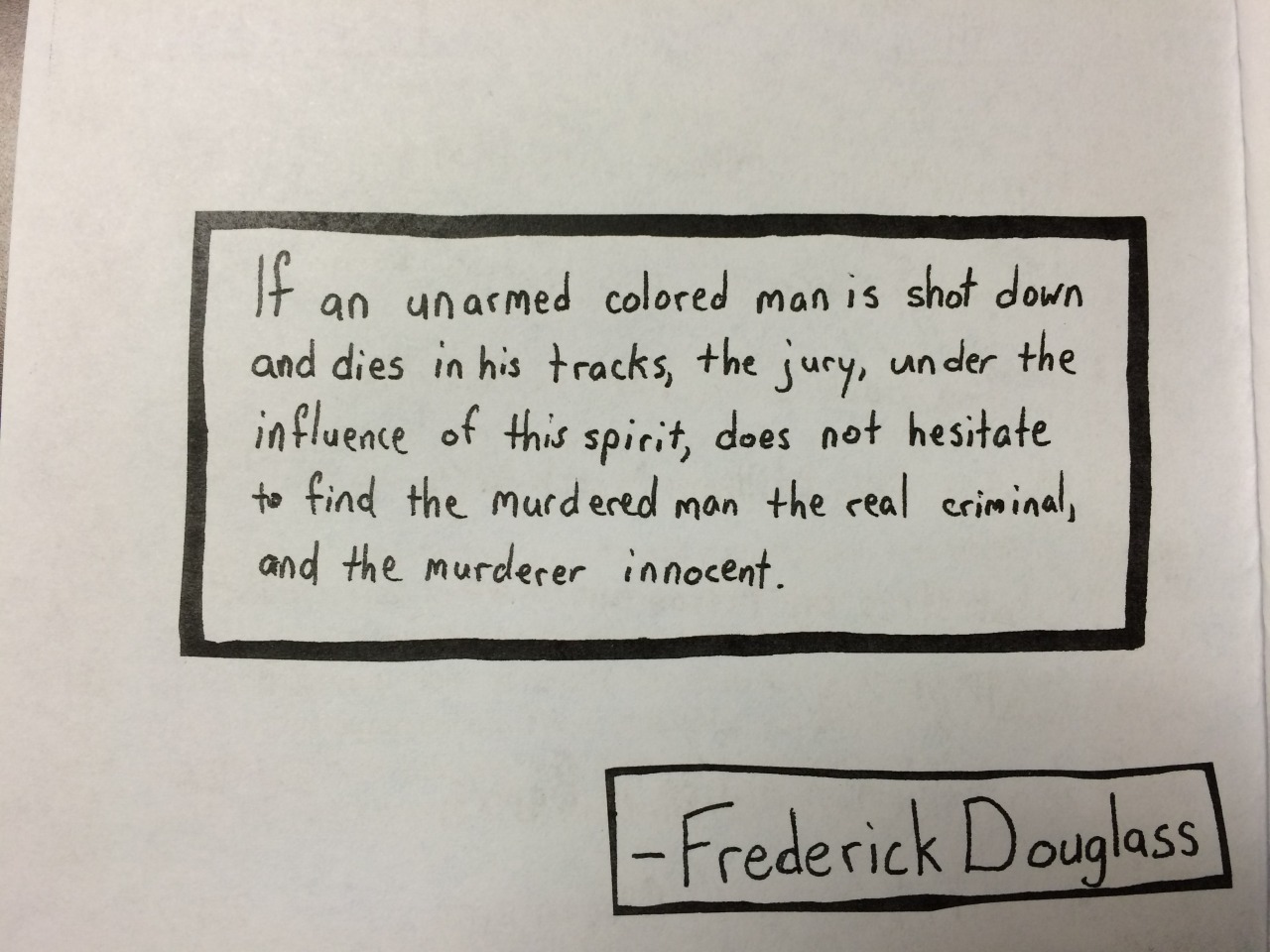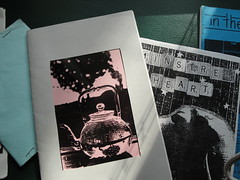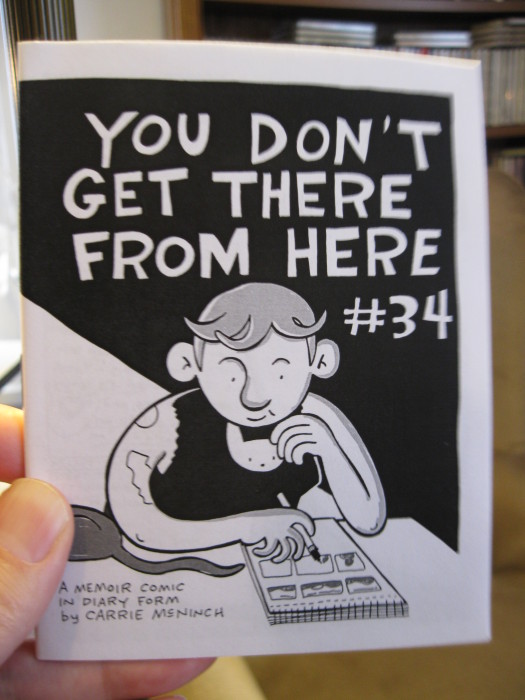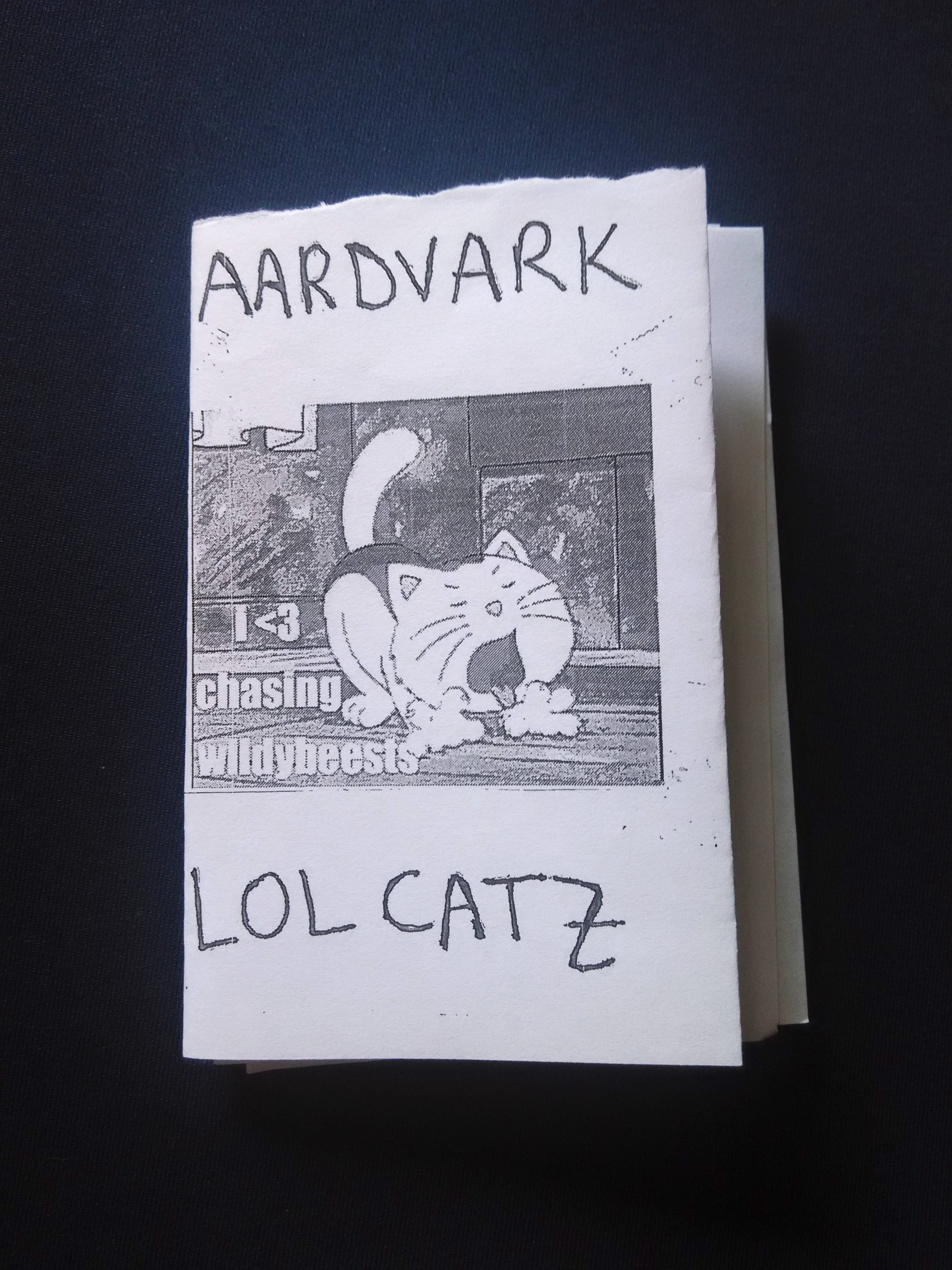Hello, friends. Here's yet another zineography (!!), this time about an always relevant topic: self-care. Come on by to Lefrak and check out some zines about wellness and self-love.
![]()
All of the zines mentioned in this zineography can be found at the Lefrak Center in Barnard Hall or deliverable from the Barnard Archive and Special Collections. Zines can be borrowed from the stacks and checked out at the circulation desk. Several zines are only available in the non-circulating Barnard Archives and Special Collection. To request access to a zine, email archives@barnard.edu at least a week in advance of your visit; materials must be requested by 11 AM Thursday.
Food and Recipes Emotional/Mental Health D.I.Y./Information
Food and Recipes
Hoffman, Emily. “Drama Queen Comfort Food”. Hoboken. 2001. Print.
This issue, printed on individual cards and written shortly after September 11, 2001 is a do it yourself guide to comfort food, providing recipes from childhood, friends, and companies. Few of the recipes provide descriptions, and all point to the yumfood.net website.
Martinez, Noemi. “Homespun.” La Blanca. 2004. Print.
Homespun is the cooking and DIY zine of Mexican-American single mother Noemi Martinez. In the first issue, she includes recipes for authentic Mexican food and instructions on how to make DIY self-care products, such as facial scrubs, cloth menstrual pads, and herbal remedies.
Emotional/Mental Health
Alam, Jordan.“What to do if you experience emotional stress burnout.” New York. 2011. Print
Barnard Library zine assistant Jordan Alam provide self-help advice and tips such as taking time for yourself and talking about your problems in her micro-minizine.
Bean, Human. “Milk and Apples.” Issues 1-3. London. 2013. Print.
Milk and Apples is a hand-illustrated personal zine about mental health and self-care by a polyamory-practicing, genderqueer Brit. Issue 1, which comes with a trigger warning, is primarily about their history of cutting and self-harm. In issue 2, they talk about their Borderline Personality Disorder diagnosis, second stay in a psychiatric hospital, and lessons learned. They also share tweets and list things to bring along to the hospital. Issue three, illustrated with Hello Kitty clip art, is about the home care psych treatment, disability benefits, college and grad school stress, and all the places they've resided. Human Bean currently lives with their two boyfriends.
Gonzalez-Blitz, Jenny. “Hope Chest.” Brooklyn. 2013. Print.
Jenny shares positive affirmations, drawings and collages related to urban living, money and class.
Hannah. “Against the Flood.” Georgetown. 2008. Print.
Hannah describes her zine as a creature with "the head of a compzine, the wings of a perzine, and the heart of a radical mental health resource." She writes about her struggles with depression and anxiety, and includes contributions from friends, including zine makers Katie Haegele, Laura-Marie and Jolie Nunez-Noggle about self-care, bipolar disorder, and other areas of mental health. The zines contain trigger warnings, soundtrack listings, illustrations, recipes and book and zine reviews.
Lewis, Jessica. “The Pressure to Be Happy.” Toronto. 2013. Print.
In Canadian zinester Jessica's first perzine, she writes about depression, anxiety, therapy, and other topics related to mental health and wellness. In the first part of the zine, she recounts coming to terms with her illnesses, struggling with body image, and trying to work out the problems in her last relationship. The second part, subtitled "learning how to be a better friend," focuses on ways Jessica can help a depressed or stressed out friend without absorbing the negativity herself. Part three includes a list of self-care methods.
McIntyre, Kathleen. “The Worst: A Compilation Zine on Grief and Loss.” New York. 2008. Print.
This compilation zine serves to reclaim grief and mourning for those who have lost someone or something, particularly in relation to the capitalist system that is "primed to generate loss and trauma." Contributors write short essays on their own personal traumas, from the loss of a pregnancy to a dying grandfather to the death of a chronically ill friend. The zine includes an Audre Lorde quote screen printed onto a piece of fabric and stapled to the back cover.
RAS. “Journey.” New York. 2013.
This zine is about staying courageous after disappointment. The art is made with stamps and colored pencils.
D.I.Y./Information
Ebrahimi, Sara Zia. “This way out: How to get out of school and on with your life: a resource guide.” Philadelphia. 2000. Print.
Ebrahimi and Nepon's political DIY zine examines dropping out of high school and the stigmas and myths attached to it. In order to dispel the stereotype of the aimless high school dropout, they include interviews with people who have quit school for various reasons (such as being bullied for being queer or wanting to provide for oneself) and have led successful lives regardless of their education.
Elizabeth, Maranda. “Real Life: A Magical Guide to Getting Off the Internet.” Guelph. 2012. Print.
This is a self-help zine about Internet addiction, authentic communication, quitting Facebook, and how to spend less time online.
Hays, Alex. “ANXIETY Toolkit.” Brooklyn. 2014. Print.
Alex lists strategies she uses on a day-to-day basis to help manage her anxiety. She discusses different forms of meditation and ways to break up and manage chunks of time. She emphasizes that she uses the techniques in conjunction with psychiatric treatment and medication. This cut and paste zine is printed on colored pages.



































